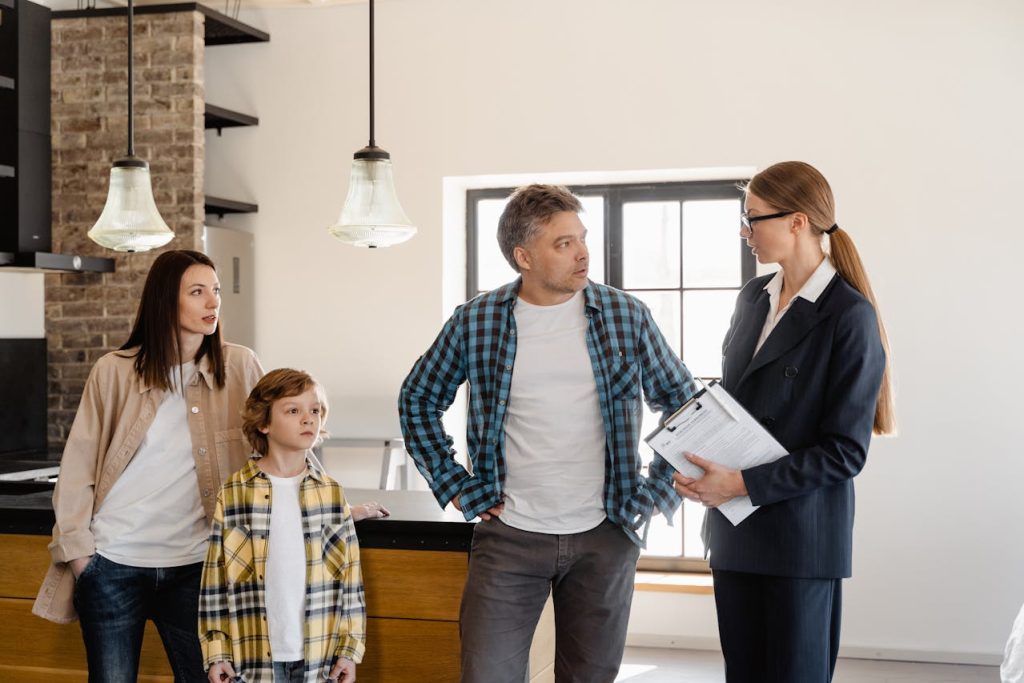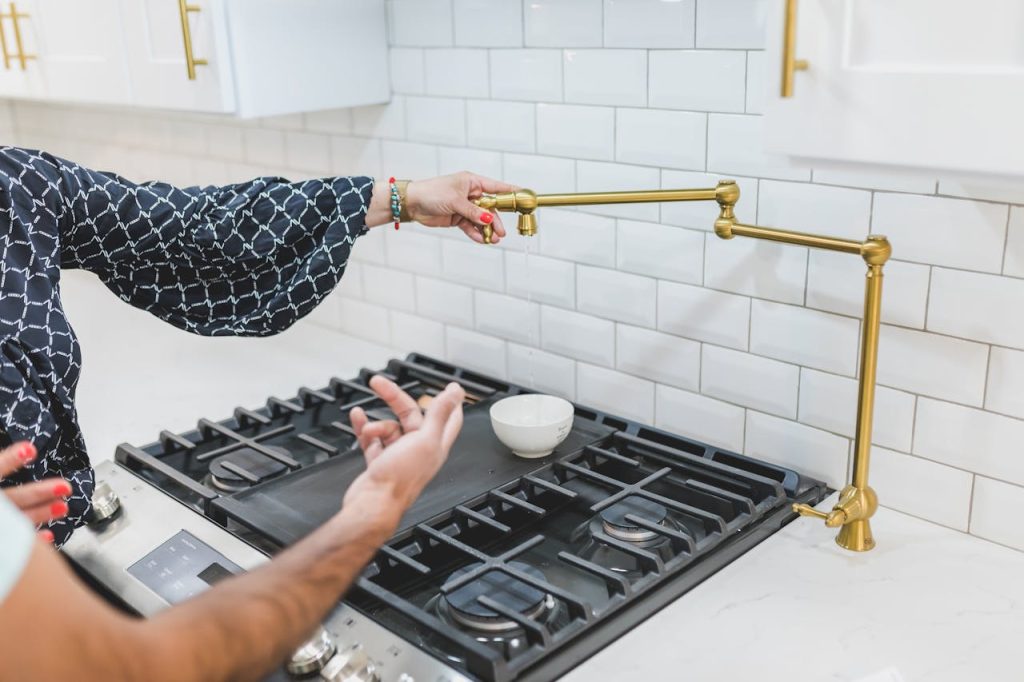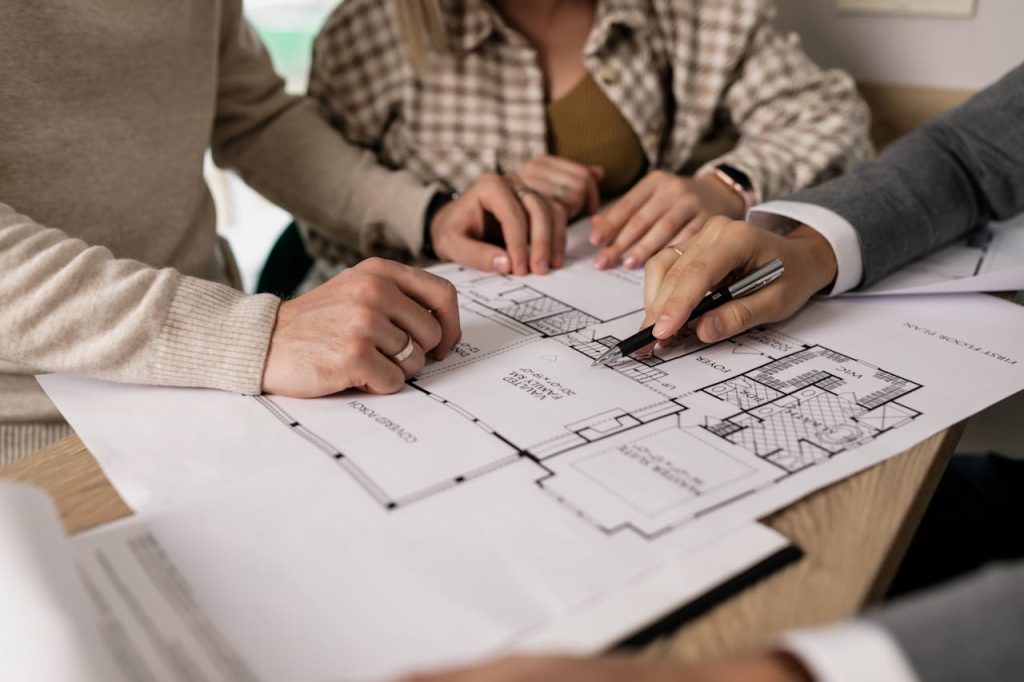When you enter the home-buying world, navigating home tours becomes an essential skill. It’s more than just walking through a series of rooms; it is about engaging deeply with each space to understand its potential and pitfalls. This guide will help you effectively navigate home tours, highlighting the key questions to ask and features to evaluate.
Preparing for the Tour
Finding your perfect home begins long before the actual tour. Preparation is critical, so start by defining your needs and wants. What are your deal-breakers? What can you compromise on? This clarity will help you stay focused during the tour.
Additionally, research the property online to get as much information as possible about its history and the surrounding area. This background knowledge will be invaluable when asking questions during the tour.
The Tour Experience
First Impressions and Beyond
First impressions are important as you begin your tour but should be balanced with a critical eye. Pay attention to how the space makes you feel, and be prepared to look beneath the surface. A beautifully staged room might hide underlying issues, so it’s important to remain objective.
Understanding Structure and Layout
The structure and layout of a home are its bones. When navigating home tours, pay attention to the flow of the house. Does it meet your lifestyle needs? Can you move easily from one room to another, or are there awkward spaces that don’t seem to fit?
Also, be vigilant about the structural integrity. Check for any visible cracks or signs of settling in the walls and foundation, which can hint at more serious issues.
Evaluating the Interior
- General Layout: Does the flow of the house suit your lifestyle? Are the rooms adequately sized for your needs?
- Windows and Doors: Check for drafts, which can indicate poor insulation.
- Kitchen and Bathrooms: These are often the most expensive rooms to renovate, so pay close attention to their condition.
Assessing Systems and Functionality
The functionality of a home is largely determined by its essential systems. Inquire about the heating, plumbing, and electrical systems. These are not just about comfort but also about safety.
Key Systems to Inspect
- Heating and Cooling: Ask about the age of the HVAC system and when it was last serviced.
- Plumbing: Look for leaks and water damage, and check the water pressure.
- Electrical System: Ensure the electrical system is up to code and can handle your needs.
Examining Key Rooms
When navigating home tours, special attention should be paid to key rooms like the kitchen and bathrooms. These rooms are central to a home’s functionality and comfort and can be expensive to renovate. Here’s what to look for in each.
The Kitchen
The kitchen is often considered the heart of the home and can be a deal-breaker for many buyers. When assessing a kitchen, focus on:
- Layout and Space: Does the kitchen layout suit your cooking style? Is there enough counter space and storage for your needs? Consider the work triangle – the distance between the stove, sink, and refrigerator – and whether it facilitates easy movement.
- Cabinetry: Look at the condition and quality of the cabinets. Are they sturdy and well-maintained? Check for signs of wear and tear, and consider the cost of replacement or repair if needed.
- Countertops and Sinks: Assess the material and condition of countertops and sinks. Look for cracks, stains, or chips. Materials like granite or quartz can add value but may also be more expensive to replace or repair.
Bathrooms
Bathrooms are indispensable for daily comfort and can greatly affect your experience in a home. Pay attention to:
- Mold and Water Damage: Look for any signs of mold, which can be a health hazard, or water damage, which can indicate plumbing issues. Pay special attention to areas around the shower, bathtub, and under the sink.
- Plumbing: Test the water pressure in showers and faucets and flush the toilets to ensure they work properly. Listen for any unusual noises that could indicate plumbing problems.
- Storage Space: Is there enough storage for toiletries and towels? Consider the need for additional storage solutions if space is limited.
Energy Efficiency and Long-Term Costs
A home’s energy efficiency is increasingly important. Check if the windows are double-glazed. Is there adequate insulation to keep the home warm in winter and cool in summer? These factors not only affect your carbon footprint but also your utility bills.
Outdoor Space and Neighborhood
The external aspects of a property, such as the garden, lawn, and any additional outdoor spaces, contribute significantly to your living experience. Assess these areas for their size, maintenance needs, and potential.
Likewise, consider the broader neighborhood. What is the community like? Are there amenities, parks, or schools nearby? The location of a home can be as vital as the home itself.
Assessing the Exterior
- Roof and Gutters: Check for any visible damage or wear and tear. A damaged roof can be costly to repair.
- Foundation: Look for cracks or signs of settling, which can indicate serious structural issues.
- Landscaping and Drainage: Ensure the property has proper drainage to avoid water damage.
Post-Tour Reflection and Comparison
After the tour, take some time to reflect. How does this home compare to others you’ve seen? Does it align with your initial list of needs and wants, including your finances? Consider both the positives and potential challenges. Sometimes, a home might not tick every box, but it still feels right. Other times, a seemingly perfect home might have underlying issues that make it less than ideal.
Questions to Ask Yourself After the Tour
- Did you feel comfortable in the home? Did it meet your expectations based on your needs and budget?
- Are there any immediate repairs or renovations required? Can you afford these in addition to the purchase price?
- Will the home continue to meet your needs in the future?
Relocating to Your Dream Home
After a perfect home tour experience, it’s not uncommon to find yourself falling in love with a property that’s a considerable distance from your current location—like Canada. Such situations require careful planning and execution.
Long distance moving in Canada presents unique challenges, and this is where hiring professional movers can ease much of the stress. When you reach out to a skilled crew, you’re not just hiring a team to transport your belongings; you’re also gaining access to their expertise in handling the complexities of long distance relocations. They can offer valuable insights and services, from packing and loading to transportation and setup in your new home, ensuring a smoother transition.
The Takeaway
Navigating home tours is a nuanced process that balances emotional and practical considerations. Being well-prepared, observant, and curious will enable you to effectively assess each home and make an informed decision. Always keep in mind that finding the right home is not just about checking all the boxes; it’s about finding a space that feels right for you and your future.






